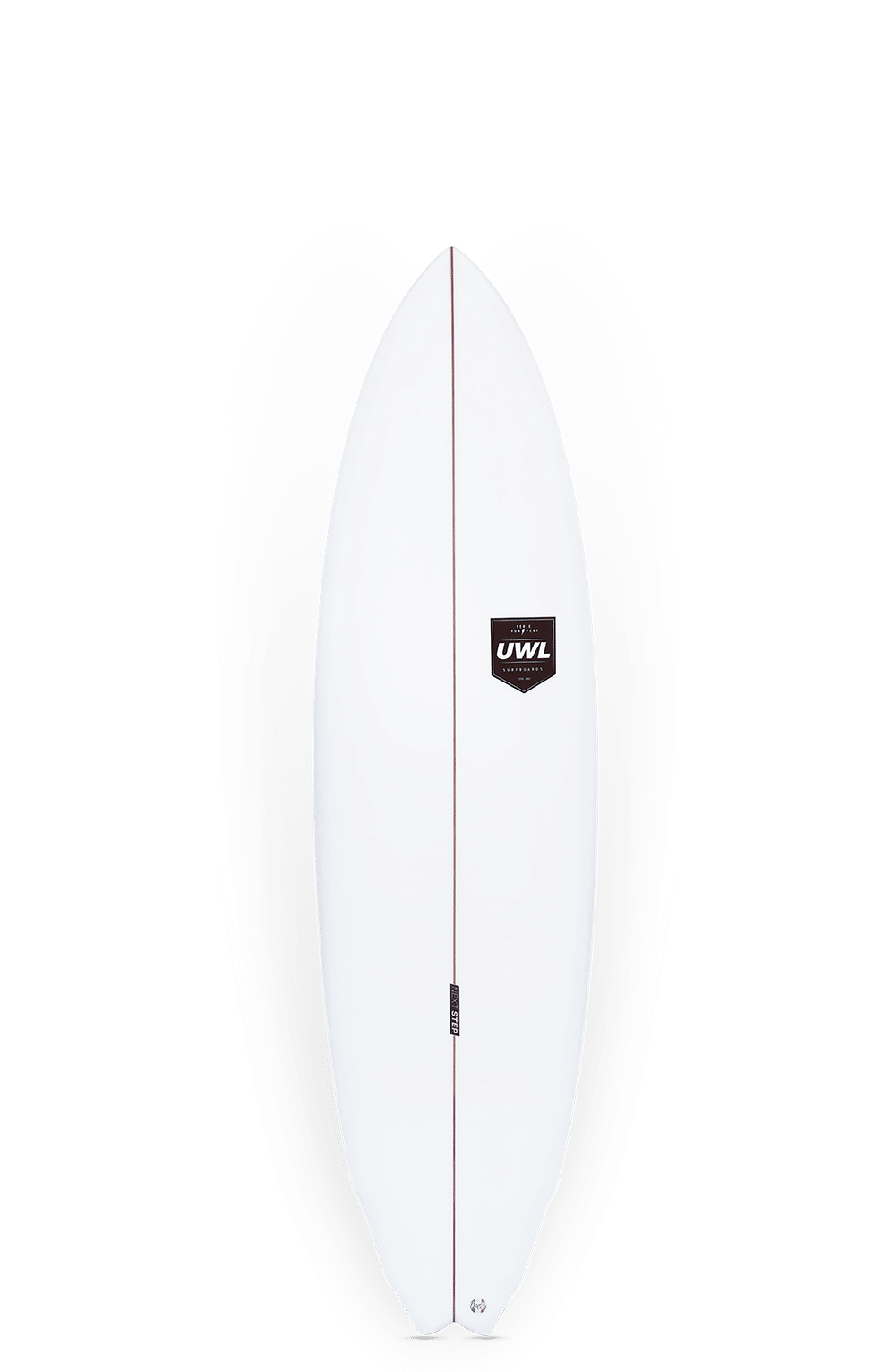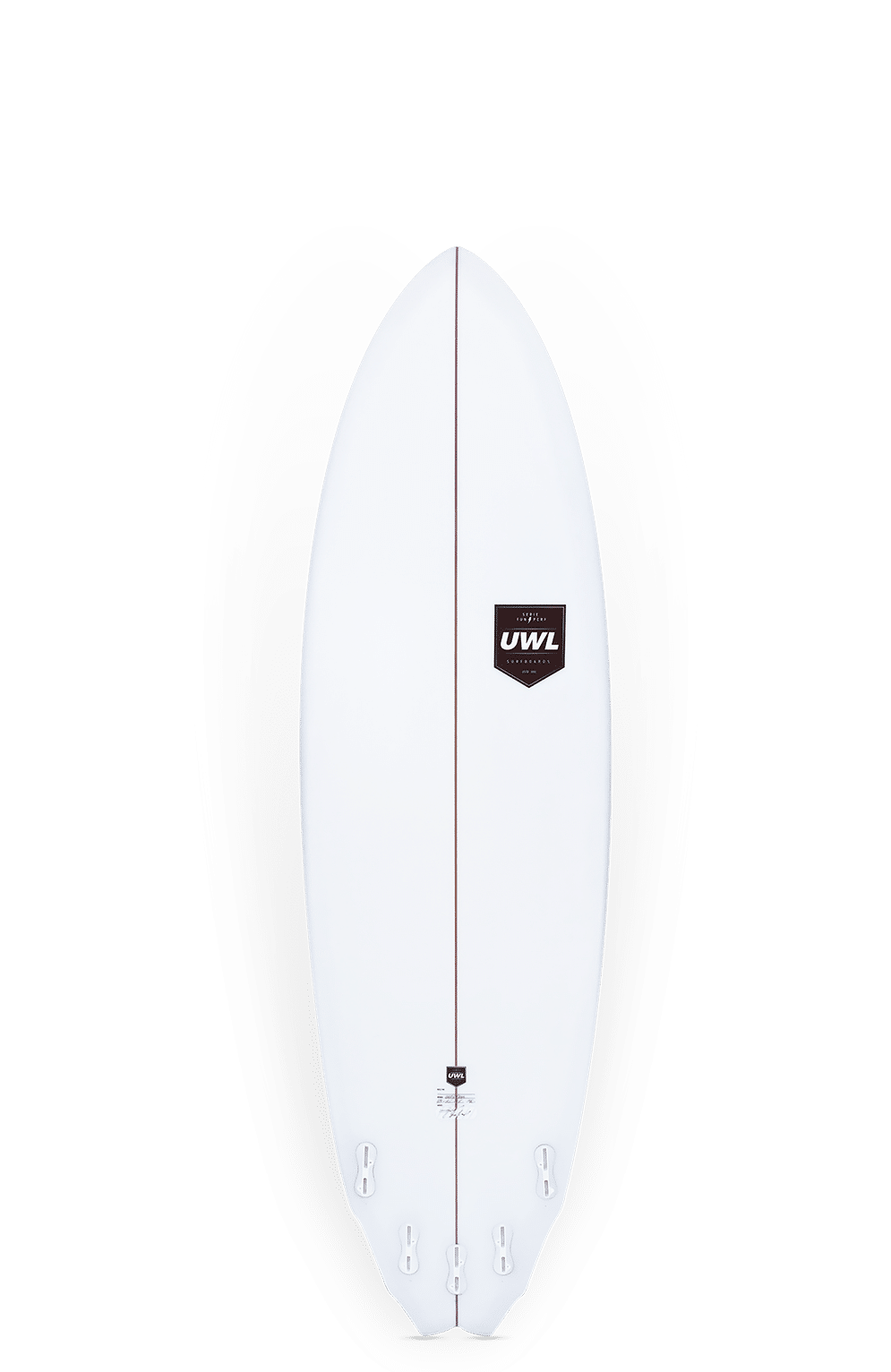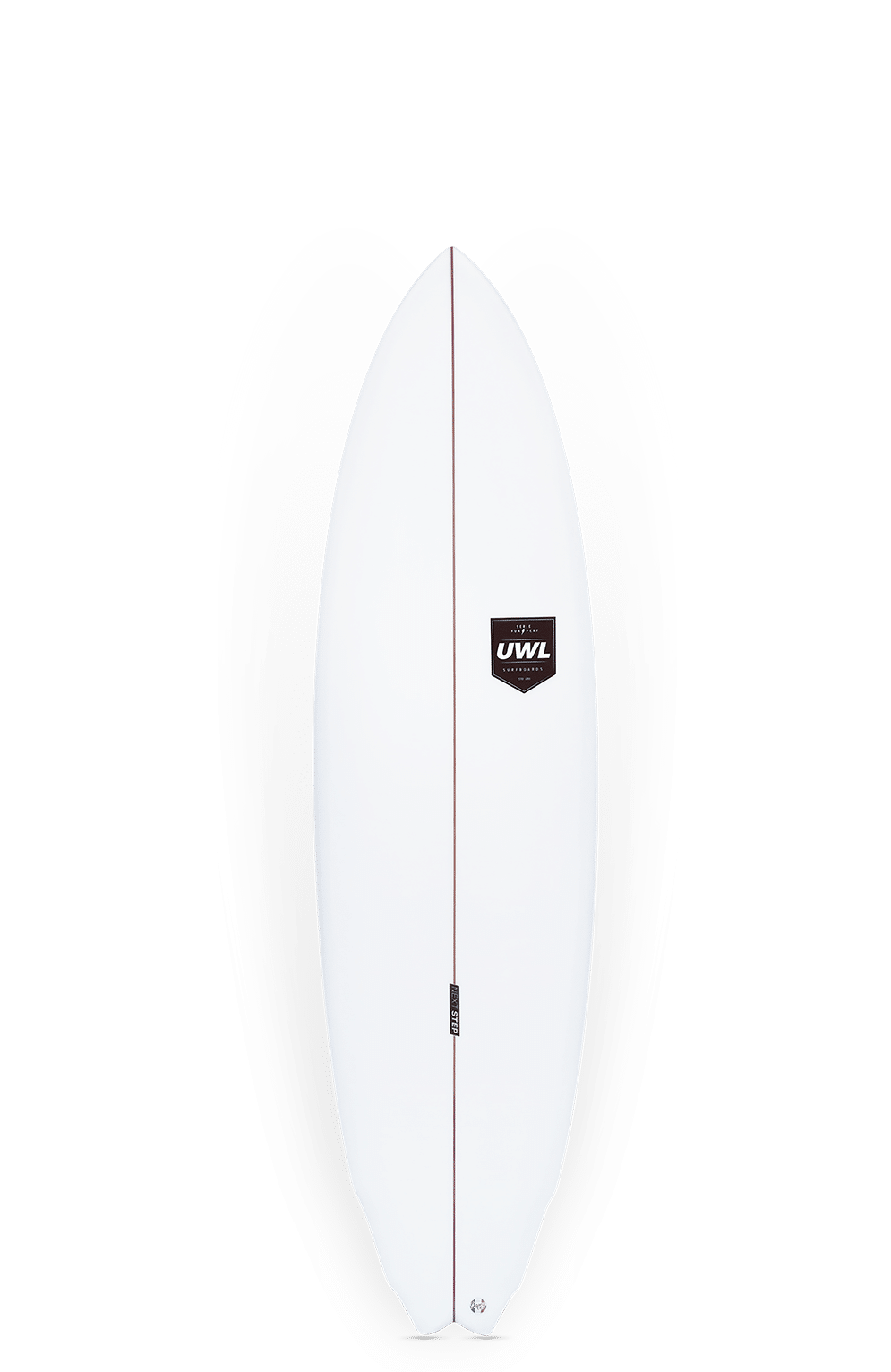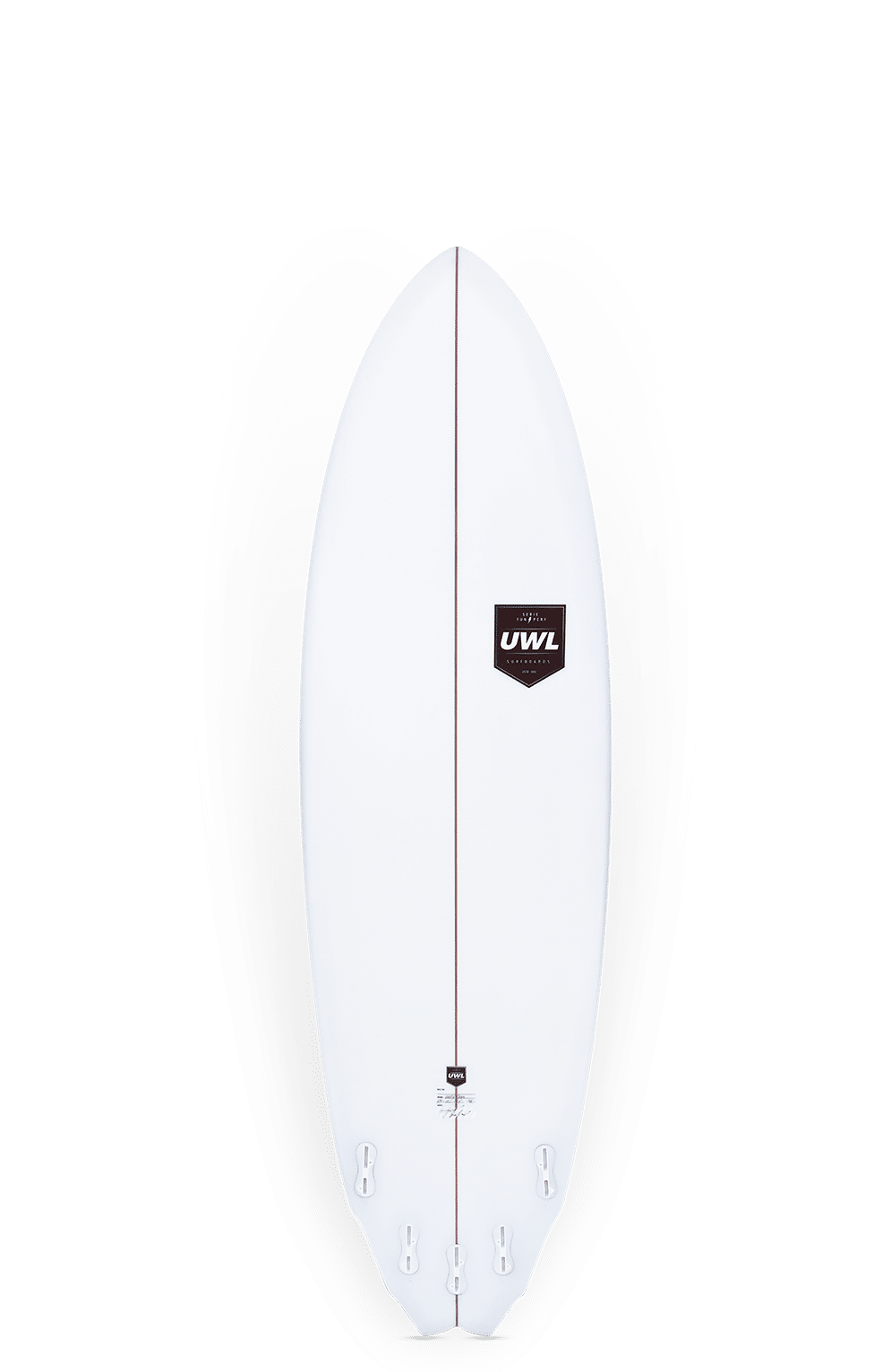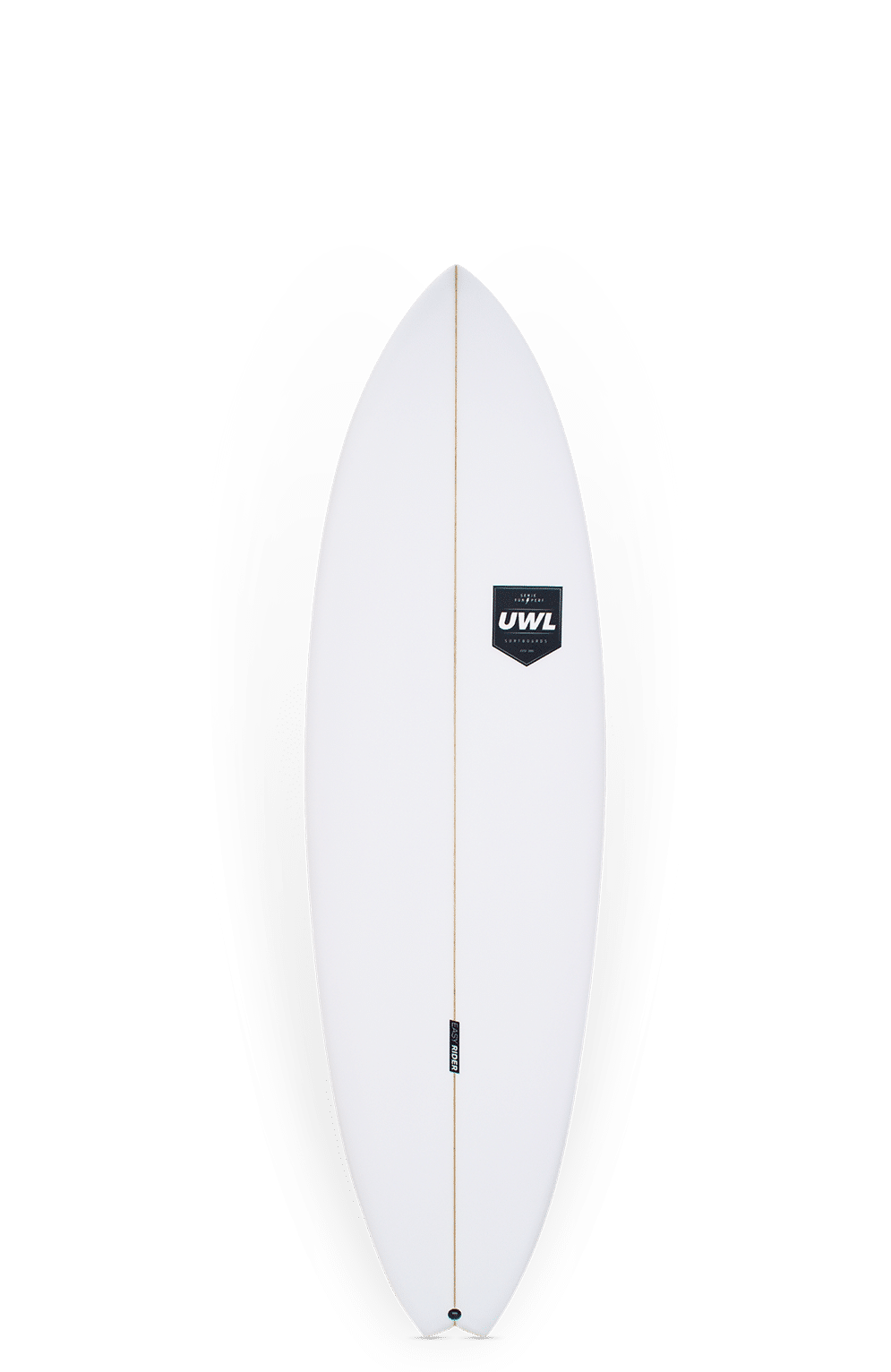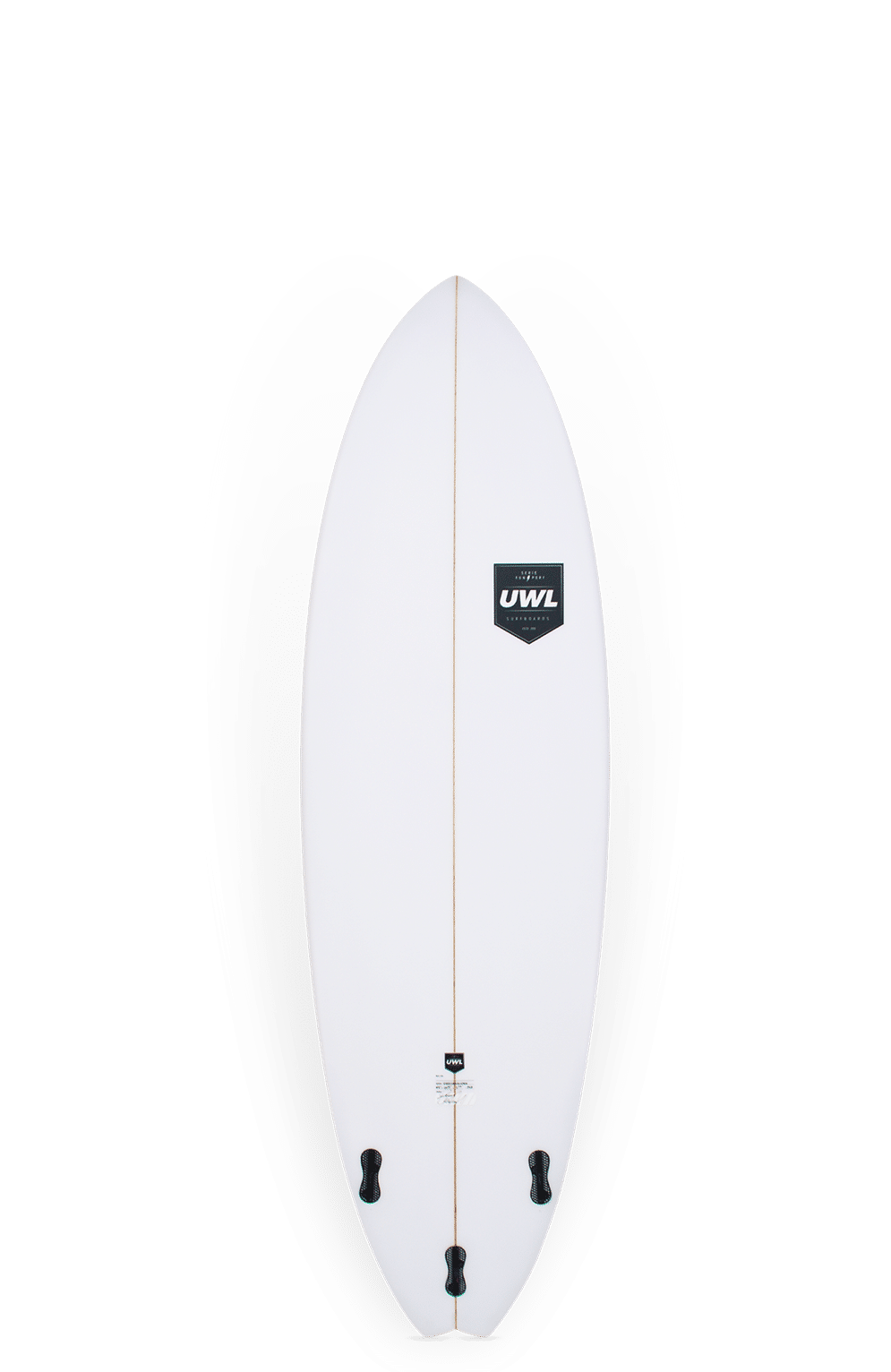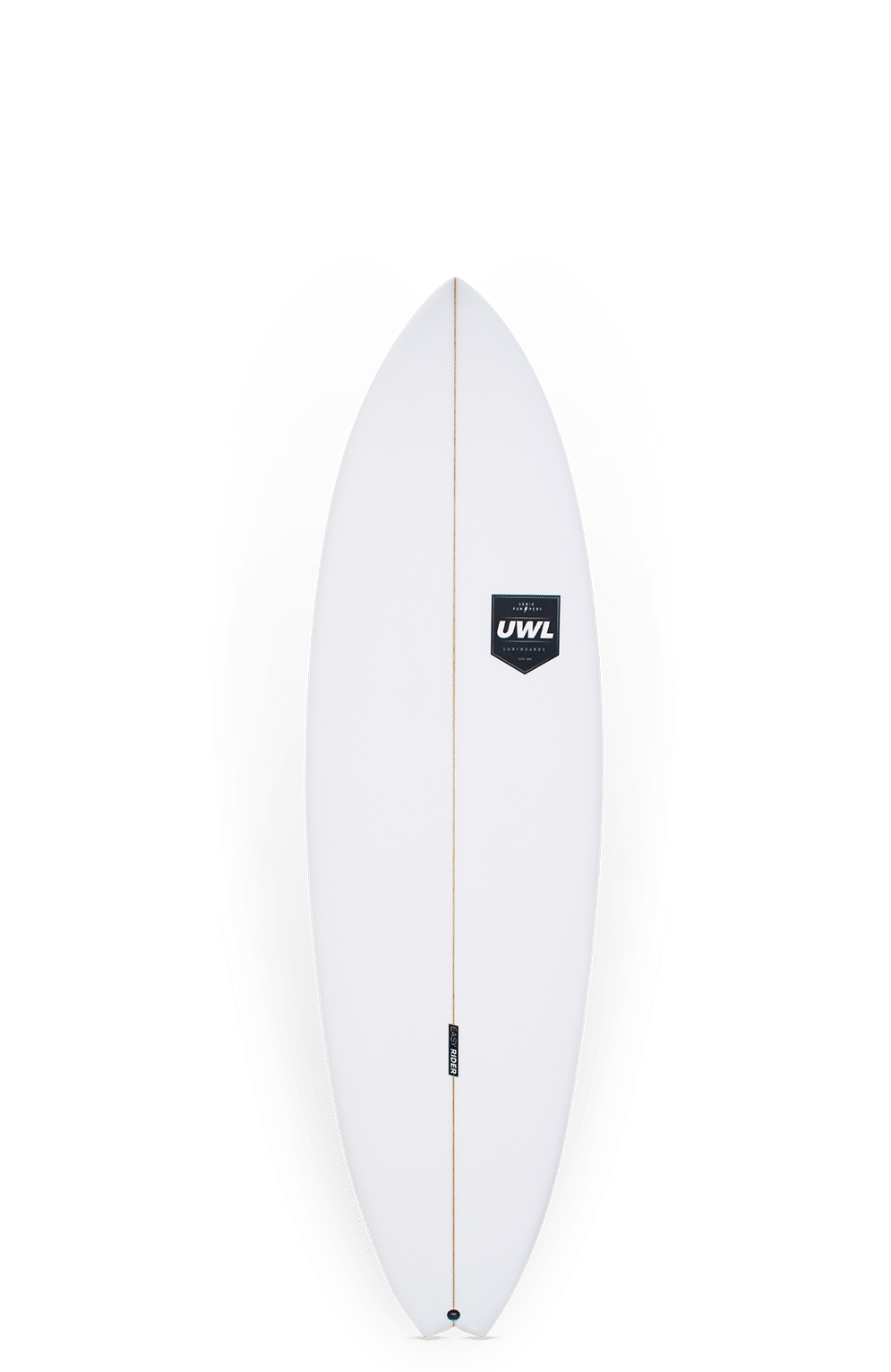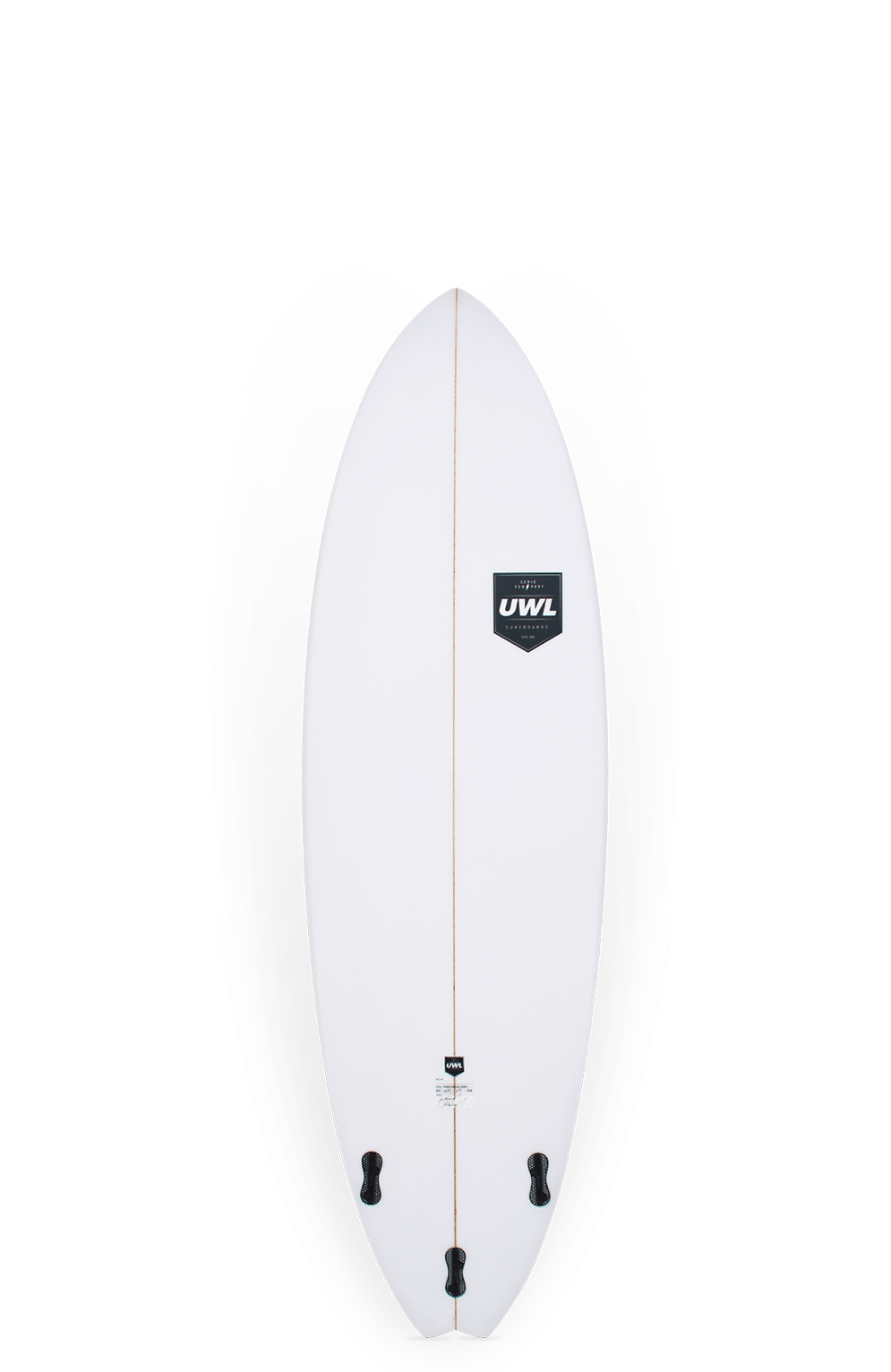Introduction
Dive into the fascinating journey of the surfboardsfrom their ancestral origins to today's technological prowess. This odyssey tells the story of how the relentless quest forinnovationrooted in a deep respect for traditionshas shaped surfing, transforming not only the boards themselves but also the culture that surrounds them.
Polynesian Roots
Surfing is more than just a sport. Polynesian heritage who invented it centuries ago. The first boards were made from local woods such as koa or the wiliwiliup to 6 meters long, symbolizing their owner's social status. These "alaia"Heavy and difficult to maneuver, they were at the center of a rich culture surrounding surfing, seen as a harmonious interaction between man and ocean.
The Era of Modernization
At the beginning of the 20th century, surfing began to gain popularity beyond the Hawaiian Islands, thanks in particular to figures such as Duke Kahanamoku. With this expansion came the need for a lighter, more maneuverable board, leading to the introduction of the balsa in board manufacturing in the 1930s and 1940s. This marked the beginning of themodern era of surfingwith shorter, lighter boards for a wider range of manoeuvres.
The advent of shortboarding
The 1960s and 1970s saw a veritable revolution with the emergence of shortboard. Shorter, these boards offer surfers a greater unparalleled agility and opened the door to a new era of performance and expression on the waves. This period also witnessed the introduction of synthetic materials, such as polyurethane foam and the polyester resinrevolutionizing surfboard production.
Technology for Surfing
Today, innovation continues to redefine surfing. Visit advanced composite materialsthe computer modeling and digital manufacturing techniques The Shapers Club's expertise in the design and manufacture of surfboards enables the creation of customized boards, adapted to every surfing style and every type of wave. Companies like the Shapers Club celebrate craftsmanship, custom design and eco-responsibility, perfectly illustrating the fusion between tradition and modernity.
Towards a Sustainable Future
As the surf industry looks to the future, the focus is on durability and environmental impact. Initiatives aimed at reducing the ecological footprint of surfboards, through the use of recycled and renewable materialsAll of them bear witness to the ongoing evolution of surfing, a sport deeply rooted in love and respect for nature.
Innovations and Traditions
The history of surfboards is a captivating tale ofinnovationrooted in centuries-old tradition. From the majestic simplicity of the old alaia precision high-tech of contemporary boards, every wave of progress reflects an unwavering passion for surfing. This heritage continues to inspire surfers and shapers alike, uniting past, present and future in the eternal quest for the perfect wave.
